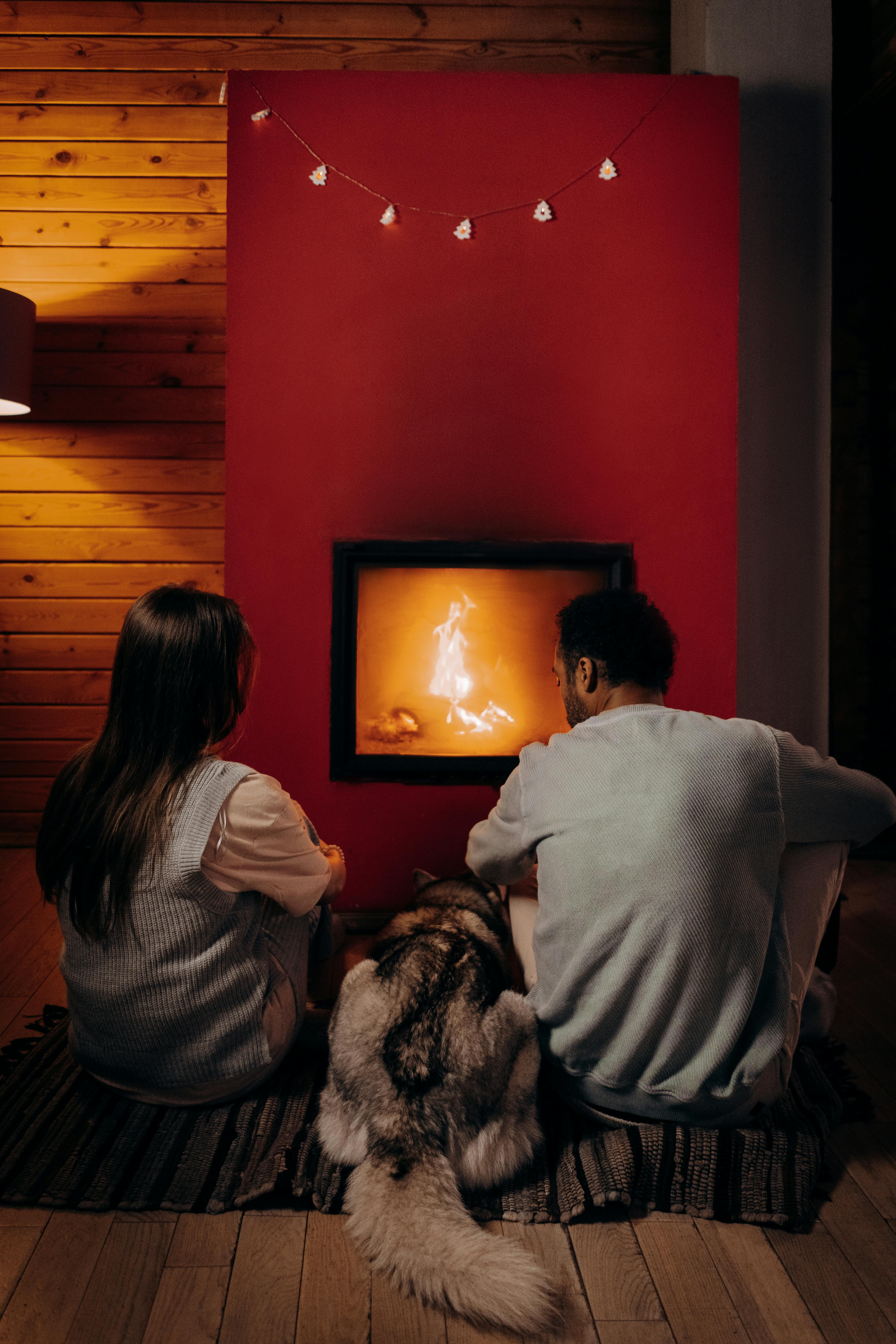Managing Your Dog's Heat Cycle: A Comprehensive Guide

Managing Your Dog's Heat Cycle: A Comprehensive Guide
Handling a dog's heat cycle, also known as estrus, can be a challenging experience for dog owners. It's essential to understand the phases of the heat cycle and the best practices to manage them effectively. This guide aims to provide detailed insights into dealing with a dog's heat cycle, ensuring your furry friend remains healthy and comfortable throughout the process.
Understanding the Heat Cycle
The heat cycle of a dog consists of four main phases: Proestrus, Estrus, Diestrus, and Anestrus. Each stage has distinct signs and varying durations:
- Proestrus: Lasts approximately 9 days. Signs include vaginal bleeding and swollen vulva. dogs begin to attract males but are not yet receptive.
- Estrus: Also lasts about 9 days. Discharge decreases and turns a lighter color. This is the stage where females are receptive to males and can conceive.
- Diestrus: Follows estrus and typically signals the end of the heat if the dog is not pregnant.
- Anestrus: The resting phase between heat cycles, lasting around 4-5 months.
Management Tips During the Heat Cycle
Managing a dog during her heat cycle involves careful attention and specific care strategies:
Maintain Hygiene
Keep your dog clean during her cycle by regularly wiping the genital area with warm water or vet-recommended wipes. This helps prevent infections and keeps her comfortable.
Secure Environment
It's crucial to keep your dog away from male dogs to prevent unwanted pregnancies. Secure your backyard and carefully handle outings, using a leash at all times to maintain control.
Opt for Leash Walks
Avoid dog parks and unleash areas during the heat cycle. Choose quiet times for walks to minimize interaction with male dogs.
Consider Doggie Diapers
Using doggie diapers can help manage discharge and keep your home clean. Ensure the diaper fits comfortably and change it regularly to avoid irritations.
Monitor Her Behavior
Keep an eye on your dog's behavior. You might notice increased anxiety or agitation. Provide a calm, comfortable space and consider extra cuddles and attention to help soothe her.
Professional Care and Advice
If you are new to managing a dog's heat cycle or if your dog exhibits unusual symptoms such as excessive bleeding or signs of discomfort, it's important to consult a veterinarian. They can offer guidance and rule out any complications. Additionally, discuss with your vet the pros and cons of spaying, which can prevent future heat cycles and reduce health risks.
Managing your dog's heat cycle requires patience and care. By following these tips, you can ensure that this natural part of your dog's life is handled comfortably and responsibly.